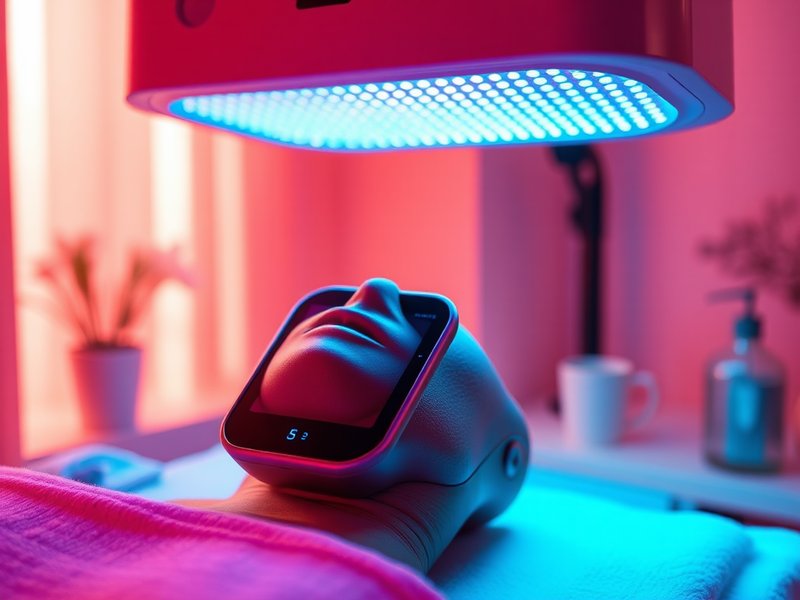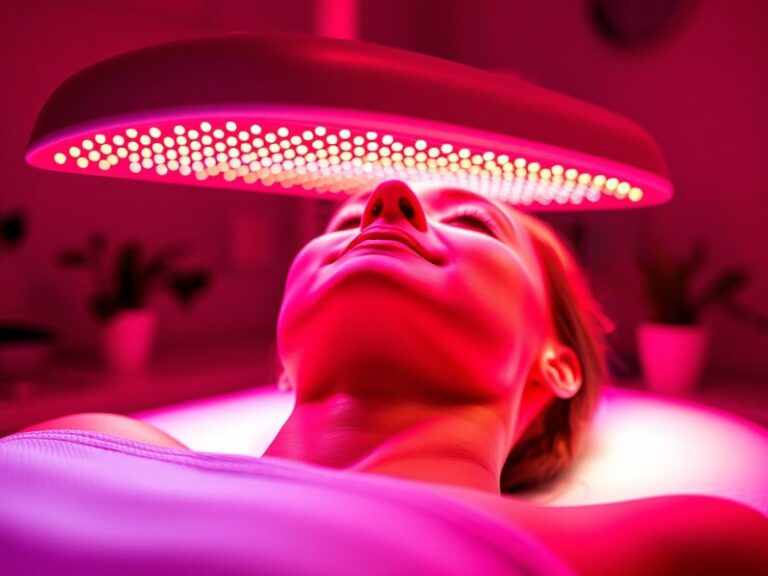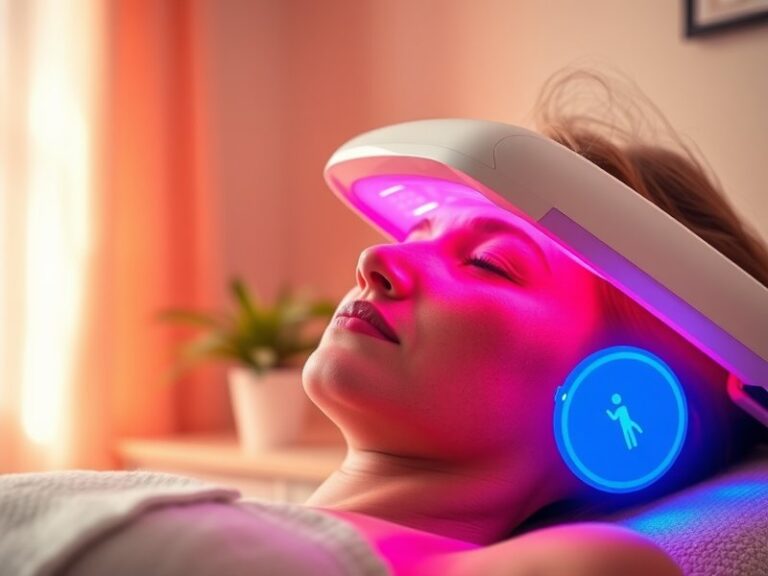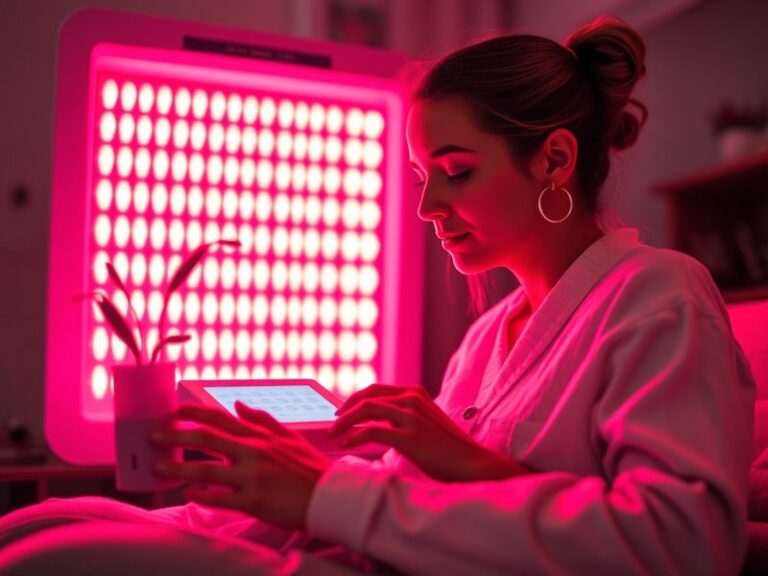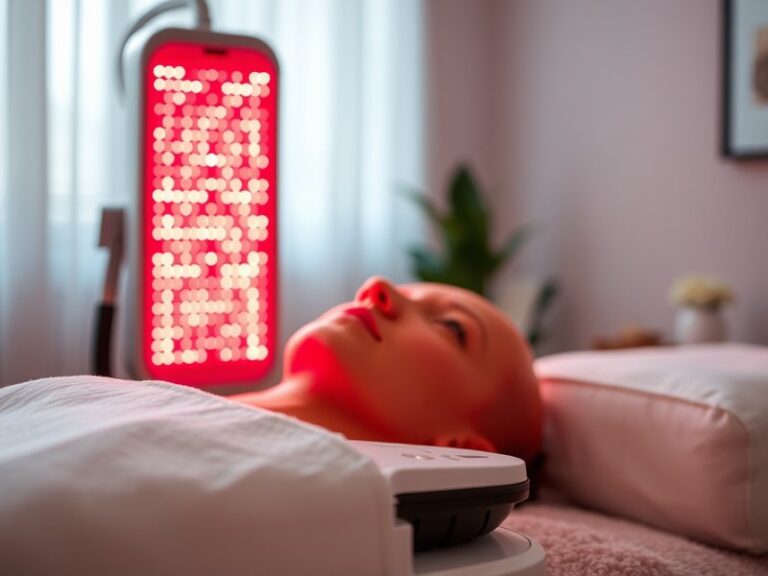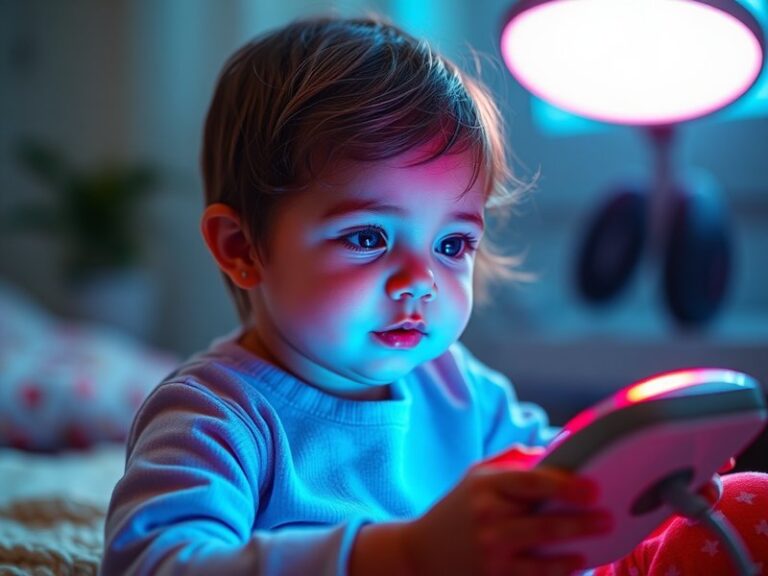How Often Should Red Light Therapy Be Done?
How Often Should Red Light Therapy Be Done?
Are you considering incorporating red light therapy into your wellness routine, but unsure about the frequency of sessions?
In this article, we will explore the optimal frequency for red light therapy treatments, discussing the benefits of this emerging therapy, considerations to take into account before beginning sessions, and alternatives that might suit your needs. By the end, you’ll have a well-rounded understanding of how often you should engage in red light therapy for the best results.
Key Takeaways
- Consistency is key; regular sessions maximize the benefits of red light therapy.
- Individual goals and health conditions play a significant role in determining frequency.
- Consulting with a healthcare provider can help tailor a regimen suited to personal needs.
What is Red Light Therapy?
Red light therapy (RLT) is a non-invasive treatment that uses low-wavelength red light to promote healing and rejuvenation in the body. This therapy works by exposing the skin to red and near-infrared light, which penetrates deep into tissues, promoting cellular function and regeneration.
Red light therapy has gained popularity in recent years as a treatment for various conditions, including skin issues, joint pain, and even mood enhancement. It is believed to stimulate the mitochondria in cells, enhancing energy production and accelerating healing processes.
What are the Benefits of Red Light Therapy?
Red light therapy offers numerous benefits that make it appealing for both therapeutic and aesthetic purposes. Below, we delve into some of its most compelling advantages.
Check this out Red Light Therapy Frequency?
Enhanced Skin Health
RLT is known to improve skin texture, reduce wrinkles, and promote collagen production. Studies suggest that consistent exposure can lead to a more youthful appearance and a reduction in acne scars and other blemishes.
Pain Relief and Muscle Recovery
For athletes and those with chronic pain conditions, red light therapy can offer significant relief by reducing inflammation and soothing sore muscles. The light penetrates deeply to mitigate pain and speed up recovery times.
Improved Mood and Sleep Quality
Emerging research indicates that red light therapy can positively affect mood disorders and enhance sleep quality. By aiding in the regulation of melatonin and serotonin levels, RLT may help individuals achieve better rest and improved mental health.
Wound Healing
Red light therapy has been shown to accelerate the healing process of wounds and injuries. It stimulates cellular repair, making it an excellent option for post-surgical recovery or injury rehabilitation.
Is it Possible to Overuse Red Light Therapy?
While red light therapy is generally considered safe, more isn’t always better. Overuse can lead to diminishing returns or the potential for skin irritation.
What are the Advantages of Controlled Use of Red Light Therapy?
- Maximized Benefits: Following a recommended schedule ensures that you receive the most significant therapeutic effects.
- Reduced Risk of Irritation: Spacing out sessions can help avoid skin sensitivity or irritation, especially for those with delicate skin.
- Cost-Effectiveness: A planned approach helps you make the most of your investment in devices or treatment sessions without unnecessary expenditures.
What are the Disadvantages of Overusing Red Light Therapy?
- Increased Sensitivity: Overexposure can lead to skin reactions, including redness and discomfort.
- Decreased Effectiveness: Continuous use without breaks may not allow cells to recover fully, which can lessen the therapy’s impact.
- Potential Financial Waste: Investing in excessive sessions may lead to unnecessary costs if results plateau.
What are the Things to Consider Before Starting Red Light Therapy?
Before embarking on a regimen of red light therapy, several factors should be carefully considered to optimize the experience and outcomes.
Your Health Goals
Understanding your specific goals—whether aesthetic, therapeutic, or both—can shape your approach to RLT frequency. Tailoring treatment to what you hope to achieve is crucial.
Skin Sensitivity
Individuals with sensitive skin may need to start with fewer sessions or lower exposure times to avoid irritation. Pay attention to how your skin responds and adjust accordingly.
Device Quality
The type of device or the clinic providing the RLT can impact results. Researching the best options and ensuring they meet safety and efficacy standards is essential for an optimal experience.
What are the Alternatives to Red Light Therapy?
If red light therapy does not seem like the right fit for you or if you’re looking for additional options, several alternatives are worth considering.
Cold Laser Therapy
Similar to red light therapy, cold laser therapy utilizes different wavelengths to stimulate healing and recovery and is often used for pain relief and inflammation reduction.
Ultrasound Therapy
This treatment uses sound waves to promote tissue healing and reduce pain, making it a popular choice among physical therapists for conditions like tendonitis and joint pain.
Cryotherapy
Cryotherapy involves exposure to cold temperatures to reduce inflammation and speed up recovery. This method is particularly favored by athletes for muscle recovery.
Conclusion: Is it Recommended to Use Red Light Therapy Regularly?
In summary, while red light therapy can offer numerous health benefits, the ideal frequency of sessions varies from person to person, influenced by individual health goals and skin sensitivity. Most experts recommend starting with 2-3 sessions per week, gradually adjusting based on personal experiences and consultation with a healthcare provider. Listening to your body and monitoring your results will help you find the perfect balance.
Frequently Asked Questions
How long should each red light therapy session last?
Each session typically lasts between 10 to 20 minutes, depending on the area being treated and the goals of the therapy. It’s best to consult with a professional for personalized recommendations.
Can I do red light therapy every day?
Many find that using red light therapy daily is effective, particularly for short sessions. However, it’s essential to watch for any skin reactions and adjust accordingly.
Are there any side effects to red light therapy?
Red light therapy is generally safe, but some individuals may experience mild skin reactions like redness or irritation. Monitoring your skin’s response is crucial.
Discover the analysis in Is Red Light Therapy the Same as Near Infrared?
Can I combine red light therapy with other treatments?
Yes, RLT can often be combined with other therapies, enhancing overall benefits. However, it’s advisable to consult with a healthcare professional to ensure compatibility with other treatments.
